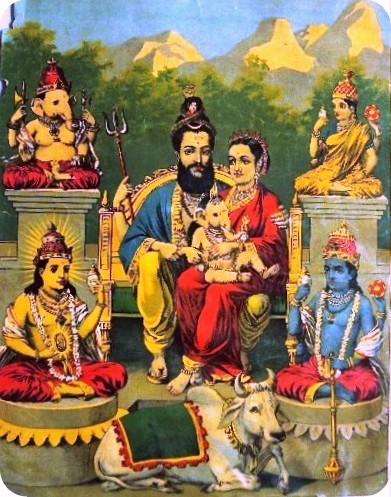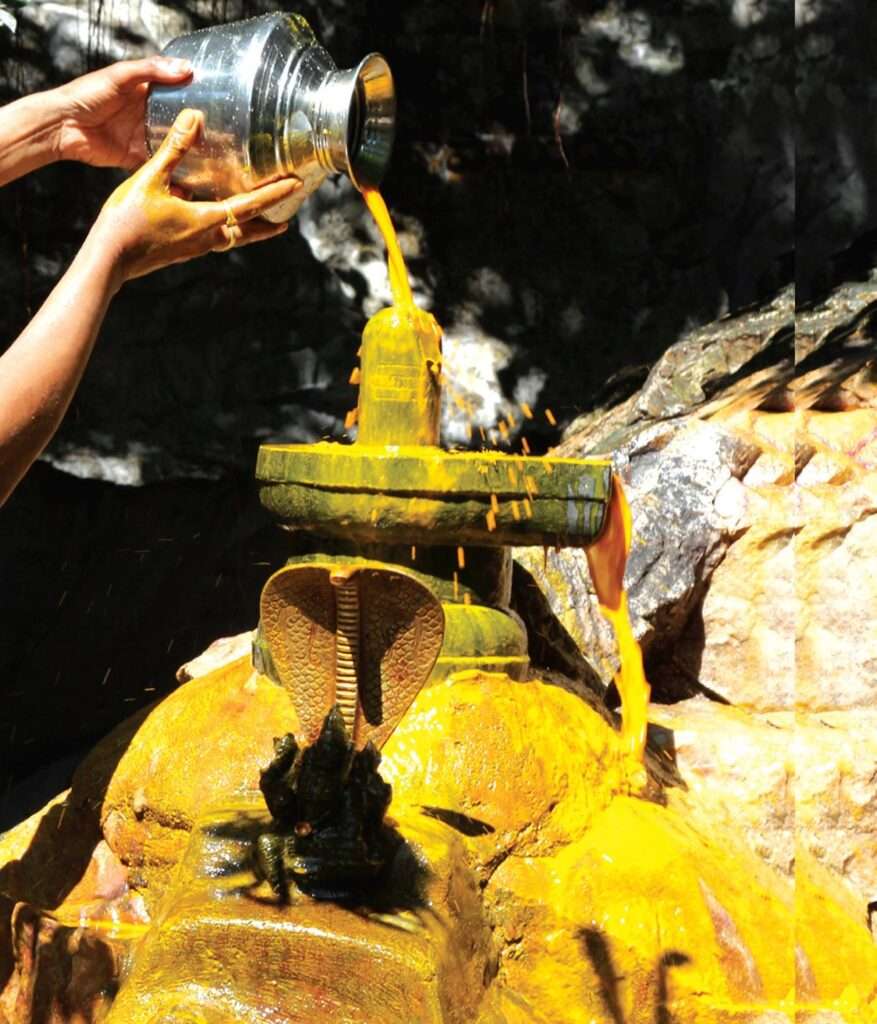Names of Lord Shiva The month of Magha is meant for the worship of Siva, Vishnu, Surya, Devi and Ganesha. Particularly the last week of this month is devoted to the worship of Lord Shiva. It is the much-awaited annual holy festival of Lord Shiva for all the Devotees of this supreme God. This is Read More
Tag: Rudra
Kshetrapalaka Sila / A stone of Kshetrapalaka
Kshetrapalaka Sila (A stone of Kshetrapalaka i.e., an inferior manifestation of Shiva) In the premises of Dhwajasthambha Mandapam towards the northeast direction, you can find an elevated stone platform whose height is 18 inches. This platform which is similar in shape to the Balipeetham is known as Kshetrapalaka Sila (Kshethrapalaka Stone). click here to read Read More
Kshethrapalaka Sila / A stone of Kshethrapalaka
Kshethrapalaka Sila (A stone of Kshethrapalaka i.e., an inferior manifestation of Shiva) In the premises of Dhwajasthambha Mandapam towards the northeast direction, you can find an elevated stone platform whose height is 18 inches. This platform which is similar in shape to the Balipeetham is known as Kshethrapalaka Sila (Kshethrapalaka Stone). click here to read Read More


